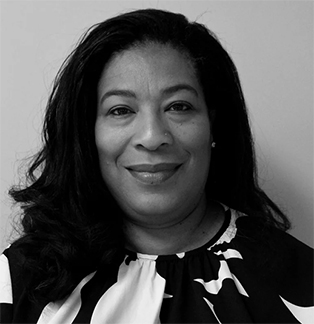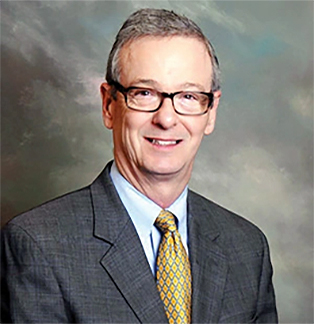Mining Mobile Crowdsensing to Optimize Community Health Clinic Management
In the USA, about 25% of healthcare spending is attributed to waste. While there are numerous causes of such waste, a portion of this waste is associated with inefficiency. In pro bono healthcare clinics, demand often exceeds supply, resources are limited, services are often provided by student clinicians in training, and time waste impacts both the quality and quantity of care provided. In North Carolina, there are pro bono health clinics affiliated with many health systems and universities. In Winston-Salem, the Community Care Center (CCC) is the second-largest pro bono clinic in the US, providing services to the Forsyth, Stokes, and Davie county communities. Medical, dental, and non-medical staff donate over 10,000 hours annually. Around $75,000 in free physical and occupational therapy services and durable medical equipment are provided by WSSU Occupational and Physical Therapy departments each year at the CCC. To address health disparities by providing healthcare access to those who would traditionally not afford it, enhanced efficiency in this clinic could improve patient and provider outcomes, student learning, clinic performance, and community health. There have been multiple proposed solutions to address inefficiency and improve care, including optimizing clinic layout and operations. However, there is a lack of understanding of how movement is optimized to increase efficiency to maximize contact time with patients, improve the patient and provider experience, and enhance student learning.
Mobile crowdsensing is a powerful but cheap technology for the pervasive sensing of valuable data that provides solutions to various real-world problems. From the CCC’s perspective, opportunistic crowdsensing data from the practitioners can be leveraged to allow them to use the clinic's facilities more efficiently and enhance their capability. Such mobile sensing apps can sense the practitioner's movement within the clinic and their contextual information, such as location, body position, device analytics, and locomotion mode. By combining such contextualized location and movement data within the clinic, appropriate big-data analytics and visualization approaches can solve several pressing needs, such as incorporating different clinic layouts to improve patient experience, finding the most efficient way to utilize resources to improve patient contact time, making the practitioner productive in-patient care, and improving the practitioner's ergonomics and learning experience. This project envisions combining motionless and mobile devices within an indoor space to detect location and motion using a proximity-based approach as used for COVD-19 contact tracing. A novel aspect of the project is the application of device-to-device (D2D) crowdsensing and post-processing techniques at the edge to reduce data redundancy in the cloud. This project aims to develop a mobile crowdsensing application with visualization and analytics that will help the community clinic optimize practitioners' movement and operating space to increase the clinic's efficiency.

Muztaba Fuad, Professor of Computer Science
Winston-Salem State University
Principal Investigator

Debzani Deb, Associate Professor of Computer Science
Winston-Salem State University
Co-principal Investigator

Nancy Smith, Associate Professor of Physical Therapy
Winston-Salem State University
Co-principal Investigator

Tiffany Adams, Director of Diversity, Equity, and Inclusion
Duke University
Consultant and past Co-principal Investigator
- Brixx Garcia Panlaqui, Computer Science Graduate Student
- Anthony Smith, Computer Science Undergraduate Student
- Elijah Gilmore, Doctor of Physical Therapy
- Bryson Collins, Doctor of Physical Therapy

Elva Jones
Professor of Computer Science
Winston-Salem State University

Carol Davis
Executive Director
SG Atkins Community Development Corporation

Timothy Clontz
Executive Director
Community Care Center for Forsyth County

Sara Migliarese
Professor
WSSU -Novant Health
Clinical Neurologic Residency Program

Steve Aragon
Associate Professor
Department of Healthcare Management, WSSU
Publications:
- Panlaqui B, Fuad M., Deb D, Mickle C., Path Forming of Healthcare Practitioners in an Indoor Space using Mobile Crowdsensing, MDPI Sensors Journal, Under review.
- Fuad M., Deb D., Panlaqui B., Mickle C., Using RSSI to Form Path in an Indoor Space, Proceedings of the 31st IEEE International Conference on Computer Communications and Networks (ICCCN 2022), IEEE Press, July, 2022.
- Sensing the walking velocity of a person by using mobile devices, The Twenty-Sixth ACM Annual Consortium for Computing Sciences in Colleges Northeastern Conference, Pleasantville, New York, April 2022.
Presentations:
- M., July 2022, 31st IEEE International Conference on Computer Communications and Networks (ICCCN 2022), Virtual Conference.
- Brixx-John Panlaqui, April 2022, Graduate research presentation, Scholarship Day, Winston-Salem State University.
- Anthony Smith, April 2022, CADS Annual Research Symposium, Winston-Salem State University.
- Anthony Smith, April 2022, The Twenty-Sixth ACM Annual Consortium for Computing Sciences in College Northeastern Conference, Pleasantville, New York.
